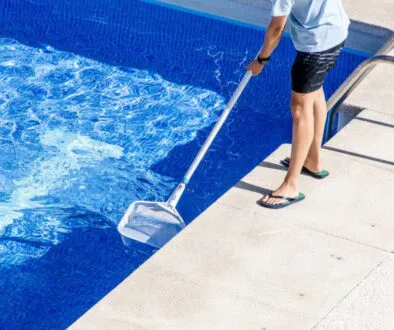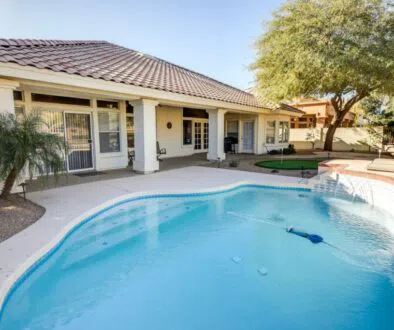How to Remove Sediment From the Bottom of Your Pool
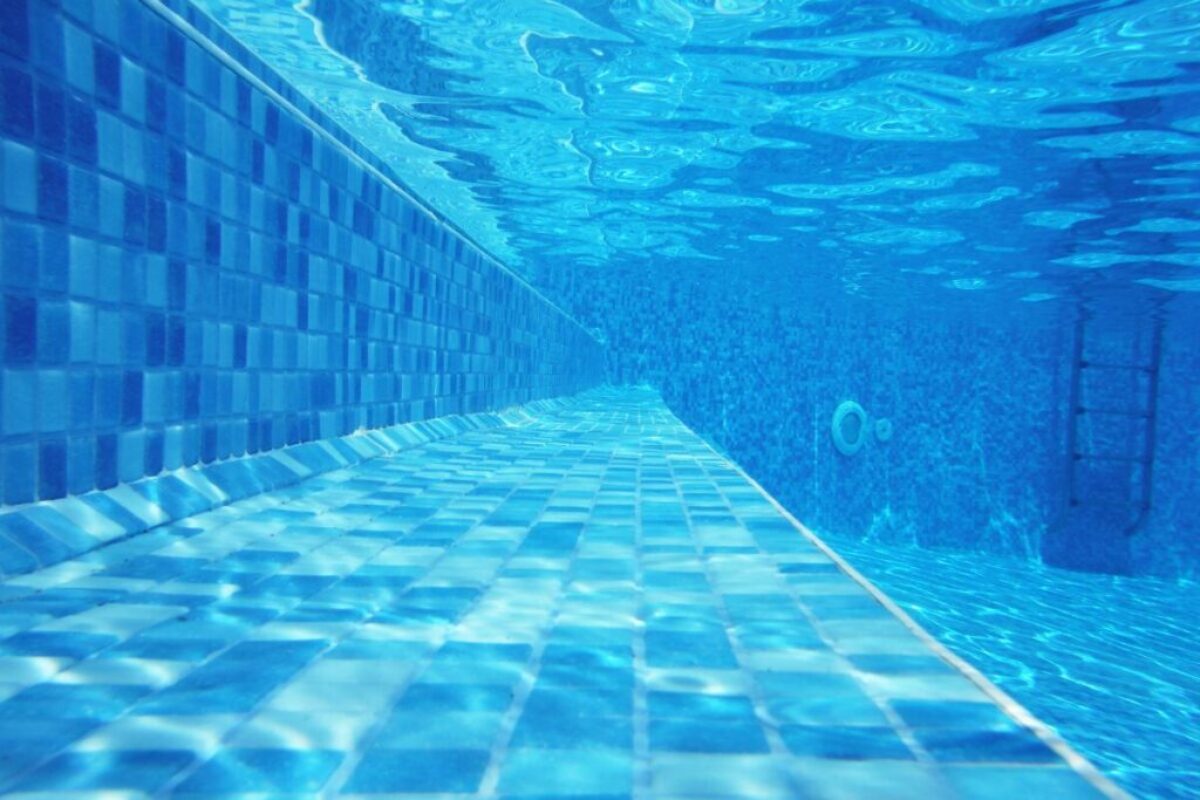
Published April 28, 2025
You finally carved out time to enjoy your pool, only to spot a layer of fine, stubborn sediment clinging to the bottom like it pays rent. Sound familiar? You’re not alone.
Pool owners everywhere face this annoying problem, often unsure how to tackle it without fancy tools or endless vacuuming. The good news? There are simple, effective ways to clear it out, and prevent it from coming back.
In this guide, we’ll break down how to remove sediment from the bottom of your pool, even without a vacuum, so you can get back to crystal-clear swims, stress-free.
Start with a Pool Brush
If you’re staring at a cloudy pool bottom and don’t have a fancy vacuum, don’t panic. A simple pool brush can still save the day. Start by gently sweeping the floor to gather the fine sediment into one area.
Think of it like sweeping sand on a patio, you’re corralling it. Once you’ve piled it up, use a manual method or filter system to remove the debris. This method is especially helpful if you’re figuring out how to remove sediment from bottom of pool without vacuum.
It’s old-school, but surprisingly effective when done consistently and patiently.
Coagulant Treatment
Ever noticed your pool gets dirty right after cleaning? It’s not your imagination. Fine particles often stay suspended in the water and settle again later.
That’s where pool coagulants come in. These chemicals clump the microscopic debris together, making it heavy enough to sink, so you can easily brush or vacuum it out later. If you’re wondering how to get fine dirt out of pool, this is a game-changer.
It’s like giving gravity a hand, helping you clear the haze without scrubbing endlessly. Just follow your product’s instructions and watch your pool floor regain its sparkle.
In fact, recent 2025 research highlights eco-friendly pool treatments using plant-based coagulants that are safe and sustainable. New tech like the Sand Wand is also being used to remove fine sediment without draining the pool, and studies show that while filters catch larger particles, coagulants are key to targeting ultra-fine dust. These innovations make it easier than ever to keep your pool clean while protecting the environment.
Just follow your product’s instructions and watch your pool floor regain its sparkle.
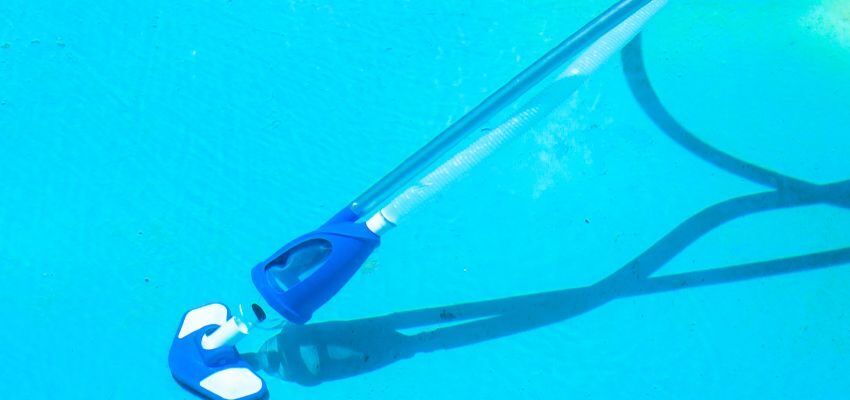
Robotic and Manual Cleaners
Sometimes, you just want a shortcut that actually works. Robotic and suction-side cleaners are perfect if you want minimal effort and maximum results. A robotic pool cleaner works like a Roomba for your pool, crawling the floor and walls, collecting debris into its own filter.
Suction-side or pressure-side cleaners attach to your system and get the job done too, but may require more maintenance. If your budget allows, robotic is your best bet for fine particles. When thinking about how to remove sediment from bottom of pool, these tools are worth the investment for cleaner water with less work.
Use Your Pump and Filter System Strategically
You might think your pump and filter only handle water circulation, but they’re actually key players in fighting sediment. When used correctly, your system traps particles before they can settle. Run your pump longer after a heavy pool day, especially when wind or rain brings in dirt.
Make sure your filter is clean and functioning at its best. This method may not scoop up debris directly, but it prevents future build-up, keeping your pool bottom clearer over time. It’s a passive yet powerful trick for maintaining a clean pool, especially between deep cleans.
Don’t Forget the Walls
Here’s something many pool owners overlook, your pool walls. Sediment doesn’t just fall from the sky, it builds up and slides down from grimy walls. Give them a regular scrub using a pool brush or wall-cleaning tool. In-ground pool owners should aim to do this weekly, especially after big swim sessions.
Think of it as dental hygiene, but for your pool, ignore it, and problems pile up. Cleaning the walls not only improves overall cleanliness, but also reduces how much dirt eventually ends up at the bottom. Your pool floor will thank you.
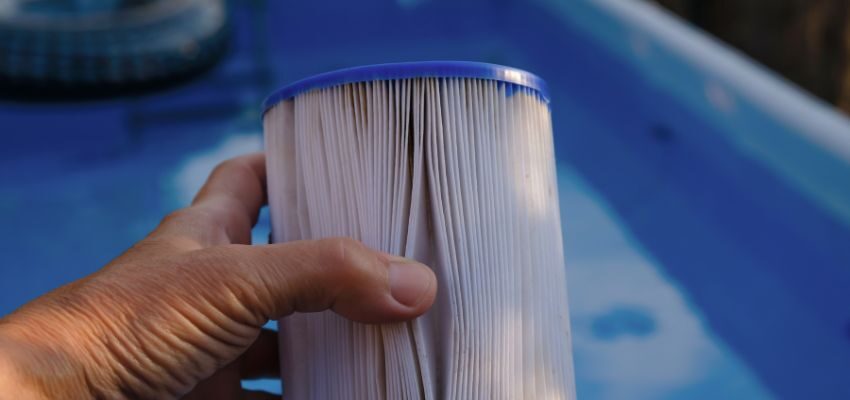
Backwash Your Filter Regularly
When your filter gets clogged, your cleaning efforts slow to a crawl. If your water starts to look cloudy or you notice weak suction, it’s time to backwash. This process flushes out trapped debris and resets your filter’s efficiency.
It’s especially important after dealing with sediment-heavy cleanups. Don’t underestimate this step, neglecting your filter can undo all your hard work. Most modern filters make backwashing easy, and doing it regularly ensures cleaner circulation and better overall performance.
Bonus, it extends the life of your equipment. Think of it as a tune-up for your pool’s engine.
Try a Plastic Leaf Rake for Larger Debris
Got leaves, twigs, or chunky dirt sitting at the bottom of your pool? A plastic leaf rake is an underrated tool for this job. Unlike metal ones, it won’t scratch your liner and is gentle enough for daily use.
Skimming the surface is one thing, but dragging this rake across the floor helps collect everything from bugs to small rocks. It’s especially useful if your pool is under trees or exposed to lots of outdoor debris. Plus, it’s quick, satisfying, and a solid solution for those days when a vacuum feels like overkill.
FAQs
How to get sediment off the bottom of a pool?
You can brush the dirt into one spot and then use a pump, filter, or pool vacuum to remove it. This is an easy way how to remove sediment from bottom of pool.
How do I clean the bottom of my pool without draining it?
You can sweep the dirt with a pool brush and use a leaf rake or a pool cleaner. It’s a smart way how to remove sediment from bottom of pool without vacuum.
How to get rid of brown dust on the bottom of a pool?
Use a pool brush to sweep the brown dust into a pile and then vacuum or scoop it out. A pool coagulant can also help how to get fine dirt out of pool.
How do I get the white stuff off the bottom of my pool?
Brush the white stuff into one area and remove it with a vacuum or a pump and filter. Sometimes, pool chemicals like a coagulant can also help trap it.
What removes sediment from water?
A pool filter, pump, or special chemical called a pool coagulant can remove sediment from the water. These tools keep your pool water clear and clean.
Final Thoughts
Dirt and fine dust in your pool are normal, especially if there’s wind or lots of people swimming. It settles at the bottom and makes your pool look dirty. But don’t worry, there are easy ways to clean it. Use a pool brush, filter, coagulant, or vacuum to keep your pool water clear.
Even without a vacuum, you can still clean it well. If you need help, let the experts do it for you. Excel Pool & Patio Solutions in Boca Raton offers pool cleaning, repairs, and more. Call us at (561) 774-0725 to keep your pool looking great all year.
Hire Boca’s Favorite Pool Builders
Excel Pool and Patio Solutions is your trustworthy provider of pool services in Boca Raton. We are experts in pool and patio remodeling and can handle your resurfacing needs as well. Our technicians are vetted and trained for your guaranteed satisfaction. Get to know us by browsing our website or reaching out to us with any questions.
Contact our team today to request a free estimate for pool construction, maintenance, repairs and more.
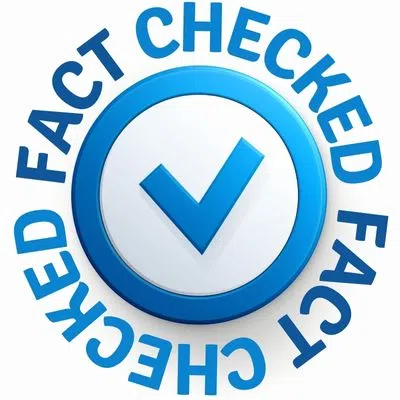
Fact Checked By Experts
This is original content and has been diligently fact checked by our internal team of experts. Discover more about the rigorous editorial standards we uphold for our website here.

About The Author
Meet Rei Bayucca, a seasoned writer with extensive expertise across multiple industries. Her mission is to captivate and enlighten readers with insightful and masterfully-written articles that both inspire and inform.

